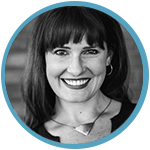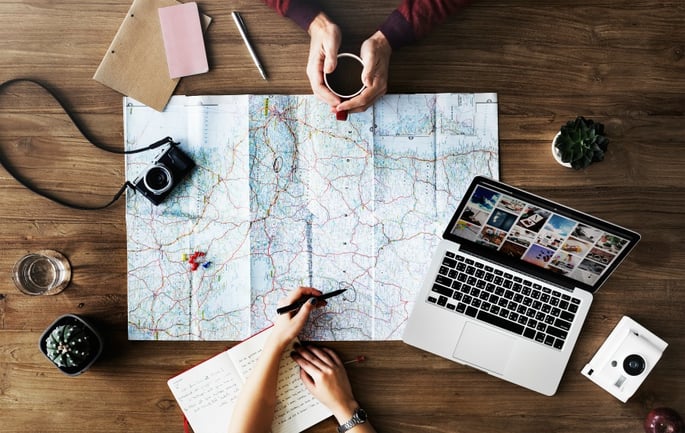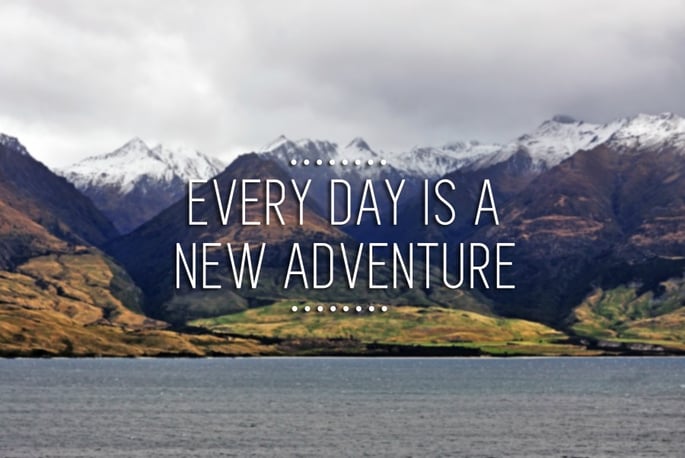 Written by
Tessa Bicard
Written by
Tessa Bicard
Have you fallen for the myth that Facebook is only good for increasing awareness of your travel marketing—but not great for closing sales? Think again! Facebook is great for branding, of course, but you can also use it to book more clients and keep your current clients coming back to your website for purchase again and again. All you need are a few simple—but powerful—Facebook strategies.
Let’s look at 3 ways you can start using Facebook for travel marketing today:
Facebook Strategy #1: Inspire the Traveler
The journey of a thousand miles begins—in the mind. Nobody takes that first step without dreaming and planning beforehand. Use Facebook to inspire those dreams and stir up a sense of adventure in your followers.
Travel is an emotional prospect for most people. Maybe it’s the romance of Paris, the challenge of skiing in the Swiss Alps, or the breathtaking beauty of the Grand Canyon. Whatever the destination, it’s more than dollars, cents, restaurants, and hotel rooms. It’s about that deep, emotional longing to connect with something bigger and more powerful than ourselves. Go after that emotion with your messaging.
How do you do it? Get to know your buyer personas.
What are their challenges and goals? What gets them excited? What does their perfect trip look like? Are they forty-something working moms longing for that second honeymoon getaway? Recent college grads ready to backpack across Europe? Burned out business professionals who want a relaxing golf getaway?
The answers to those questions will give you the key to creating your Facebook messaging. Once you know what your buyer personas want and what will trigger that emotional connection, you can use images and words to tug at those emotions. If you need ideas, try doing a Google image search for “travel inspiration,” and use the results as a springboard to create your own branded graphics.
Facebook Strategy #2: Educate and Plan

Once you have stirred up the traveler’s longing for an experience, the next step is to help him or her plan the execution of the trip. Answer questions, provide resources, suggest activities, give travel tips, and offer guidance. With each post, you’re removing a barrier to the decision, giving your followers one more reason to say yes.
The best way to tackle this step is through your blog. If you’ve read our other posts, you already know how important your blog is and what kinds of content you should be publishing (i.e., the kind that positions you as the expert). Use Facebook to share those links with your audience so they can learn how to plan their dream vacation. Here are just a few topic ideas to get you started:
- Destination travel guides
- Transportation options
- Tips for getting good deals on hotels and food
- Restaurant guides for specific locations
- Seasonal activity suggestions
- Secret ‘off-the-beaten-track’ places or activities
- Travel tips for singles, couples, and families with kids
- Ways to avoid travel stress
Revisit your personas to determine which topics will pique their interest and what questions they might have about the planning process.
Facebook Strategy #3: Drive Traffic Back to Your Website
That’s right—Facebook is really just a means to an end. Although engagement on Facebook can be helpful, the real end-goal is getting followers to click through to your website. Promote links to blog posts, e-guides, giveaways, promotions, or special travel deals to encourage first-time visits and repeat traffic. That’s how you can get closer to closing the deal.
The more times your visitors return to your website, the more likely it is that they will remember and choose you when they are ready to plan their next trip. Watch your metrics to determine how many visits it takes on average before a prospect converts (Moz found that it was 7.5 times for their target audience). Make that number your goal. Use Facebook to keep those visitors engaged and coming back.
What’s the ultimate goal of all these strategies? It’s motivating your visitors to take action. Every stage of the buyer’s journey and every piece of content you produce should work toward that goal. Your website, landing pages, onsite content, and social media strategy all work together to move the visitor closer to conversion. With the right Facebook strategies and messaging, you can target people who have never visited your website as well as those who are one click away from booking their next vacation.
Have you had success with marketing your travel destinations on Facebook? Tell us about it in the comments!



